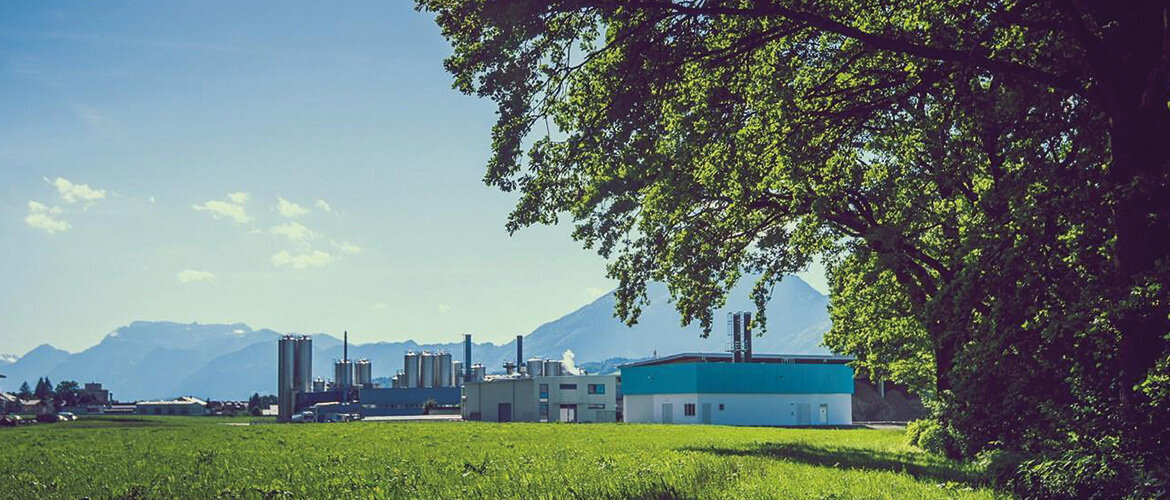Students and municipal utilities develop energy concept
- 07.05.2024
- Practical Project

Together with Stadtwerke Wörgl, students from Kufstein University developed an innovative energy concept for a commercial area. The picture shows the energy center of Fernwärme Wörgl.
In a practical project, 13 students from the Energy & Sustainability Management degree program at the Kufstein University were able to put the skills they had learned in their degree program to the test.
Together with Stadtwerke Wörgl, the students developed an innovative energy concept for an industrial estate. The municipality of Wörgl has long been considered a pioneer in the region when it comes to the energy transition. It made a name for itself back in 2006 with the implementation of the first heat contracting system. Wörgl has been supplied with environmentally friendly district heating since 2014.
“With its commitment to environmentally friendly energy projects, Stadtwerke Wörgl is making an important contribution to the energy and heating transition in the region,” explained Gerald Pirchmoser, Head of wörglWÄRME & Innovations. One of these projects is the construction of the Wörgl West anergy network, for which the municipal utilities commissioned support from students at the University of Kufstein in the initial phase. Anergy networks are also known as cold local heating networks. The way they work is similar to a local or district heating pipeline, except that anergy networks operate at lower temperatures, not far from the ambient temperature. In this case, the heat or cooling generators are decentralized, i.e. located at the consumers' premises.
FROM THEORY TO IMPLEMENTATION
“In order to tackle such an extensive project, you need good preparation and a clearly structured procedure,” says Mario Laihartinger from the project team at the University of Applied Sciences in Kufstein, describing the students' approach. “We had to explore the area in detail, analyze the heating and cooling loads of the existing buildings using an energy simulation, investigate groundwater and river water as sources of heating and cooling and, finally, examine the economic viability of such a project.” The project group simulated almost 30 buildings on the industrial estate and presented the results to the municipal utilities in a detailed report with a clear recommendation for action. “The joint practical project with the University of Kufstein was a good symbiosis of practice combined with the integration of scientific aspects, which produced new approaches to finding successful solutions,” said Pirchmoser, expressing his enthusiasm for the collaboration with the students.
